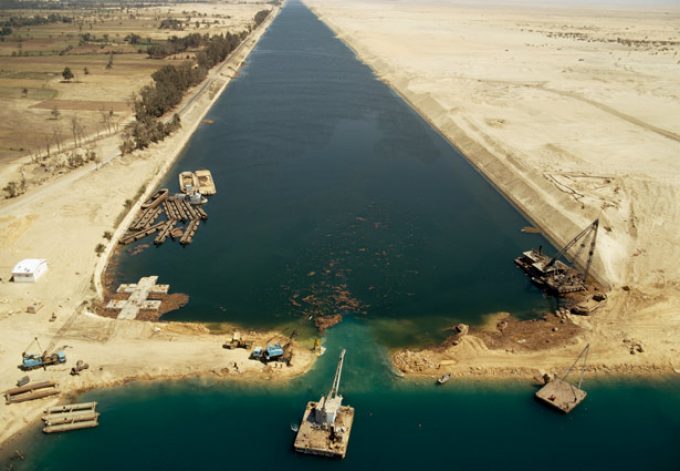Administración del Canal de Panamá Vs. Medio Ambiente. Con el Dr. Donaldo Sousa
ADMINISTRACION DEL CANAL DE PANAMA VS MEDIO AMBIENTE
Entrevista exclusiva con el Dr. Donaldo Sousa
Especialista en Medio Ambiente
Especialista en Medio Ambiente
El canal de Panamá es considerado una de las maravillas del mundo. Le ha costado sangre a través de nuestra historia a los panameños recuperar su administración y soberanía.
El problema de la ACP no es solo de la presente administración, este problema viene de administraciones pasadas. Y que hoy, toda la basura de las administraciones y su pésima gestión esta saliendo a flote.
Entre estos problemas los presupuestos adquiridos para la construcción de la última esclusa el cual no reúne la calidad esperada y deseada en su infra estructura ya que tiene problemas de filtraciones.
En la actualidad aun no se determina con exactitud si está, quedo reparada del todo o solo por el momento.
Desde cuando la autoridad del canal de Panamá esta violando los Derechos Ambientales a través de las construcciones, de las esclusas, proyectos e infra estructuras?
Desde hace varias administraciones pasadas, ya que son empresarios, comerciantes, quienes lo administran y ven todo como negocio sin tomar en cuenta que el ambiente es un recurso invaluable que se puede agotar.
Desde hace varias administraciones pasadas, ya que son empresarios, comerciantes, quienes lo administran y ven todo como negocio sin tomar en cuenta que el ambiente es un recurso invaluable que se puede agotar.
La contaminación a nivel ambiental y la destrucción de nuestros recursos naturales han aumentado a gran escala en las 3 ultimas décadas, sin que nuestros gobiernos tomen medidas extremas para la preservación de nuestras riquezas.
Hoy día vemos la cantidad de ríos, lagos y hasta lo que forma parte de nuestro territorio oceánico contaminado a gran escala.
A eso, le agregamos la falta de conciencia ciudadana, el poco interés por la educación del tema y la falta de medidas legales ambientales que se deben aplicar.
Una de las inconciencias mas grandes fue la aprobación de los culecos en el carnaval 2016, solo por política y mantener contentos a las masas que hoy día son los primeros en quejarse, cerrar calles, protestar cuando nuestros gobiernos por falta de capacidad para resolver este tipo de problemas de escases de agua no brinda ni respuestas, ni soluciones concretas efectivas para todos.
El agua es uno de los tres recursos mas importantes e invaluables de la humanidad.
Para desarrollar proyectos alrededor del Canal de Panamá, hay que cumplir con una serie de normas ambientales, ya establecidas.
Cada vez vemos a mas políticos sin planes de gobierno aspirando a puestos y al poder para lucrar, sin conocimiento científico y sin responsabilidad social, manipulando las leyes y creándolas a su beneficio.
Existen normas nacionales e internacionales que nos obligan a respetar el medioambiente, pero estas no se cumplen, las ignoran, las ocultan porque no la exponen para conocimiento publico.
Uno, no juega con los recursos del país, del Estado, El Canal de Panamá es una de las maravillas del mundo, tenemos que cuidarlo puesto que es de todos los panameños, el Canal de Panamá no pertenece a ningún gobierno, a ninguna administración, a nadie pudiente de ningún apellido, que recuerden que solo son administradores, todos formamos parte del Canal y nos costo históricamente recuperarlo, no esta en venta, no es una empresa privada, el agua no esta en venta, no es un negocio, y todos dependemos de ello. Señores el Karma social y político existe, creas o no, en él.
Yo soy Linda Schwartz, y le doy la razón a quien la tiene y no, a quien la quiere. ©®







